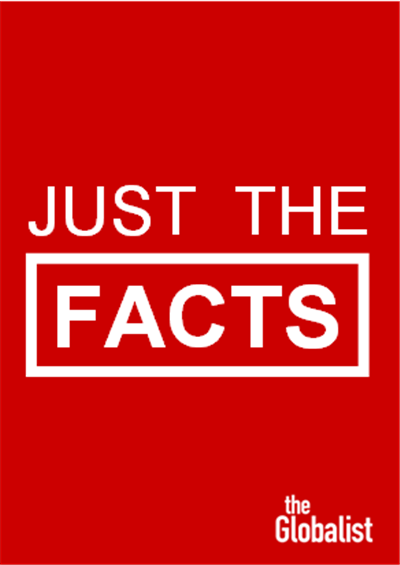Indonesia: Colonial Independence and the Cold War
From Dutch rule to one of the world’s major economies and populations.
November 18, 2017

1. Parts of the Indonesian archipelago were colonized by the Portuguese, the Dutch, the Germans and the British.
2. However, after the end of the Napoleonic wars in 1815, it was the Netherlands which was able to assert a dominant position across the island chain.
3. From the early 1900s onward, Indonesians pressed for more and more political concessions. The Dutch were driven out by the Japanese during World War II and an independence movement began to flourish.
Indonesia: Colonial Independence and the Cold War
Thailand: Southeast Asia’s Buffer Country
4. Following Japan’s surrender in August 1945 to the United States, the Dutch attempted – with the aid of British troops – to regain their colonial possessions, but were unable to defeat the Indonesian armed forces.
5. Dutch forces withdrew from most of Indonesia in 1949, and sovereignty was formally transferred to a local government under independence leader Sukarno in December of that year.
6. Indonesia and the Netherlands continued until 1962 to struggle for control of West Papua, the western half of the major island of New Guinea.
7. Australia controlled the other half of the island, which later became Papua New Guinea and remains a separate country, not part of Indonesia.
8. In the late 1960s, Sukarno was gradually pushed out of power in a U.S.-backed military takeover by General Suharto.
9. In October 2017, the U.S. Central Intelligence Agency released documents about its complicity in anti-communist massacres during these post-colonial power struggles of 1960s Indonesia.
10. By 2050, Indonesia is expected by PwC to have the world’s fourth-largest economy. It is already the world’s fourth most populous nation.